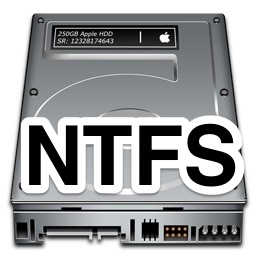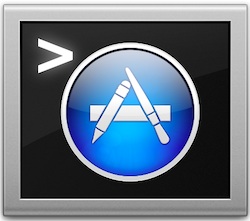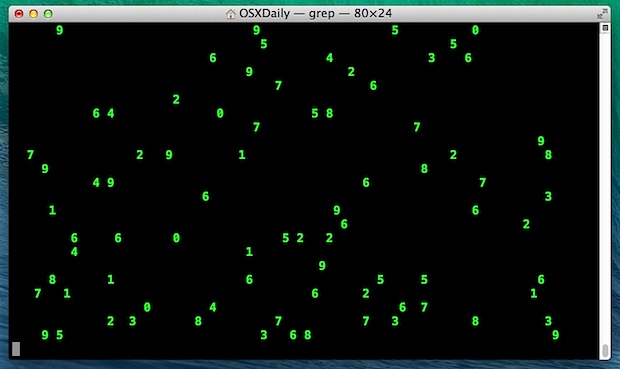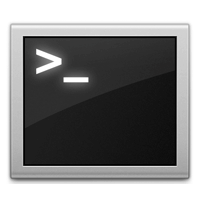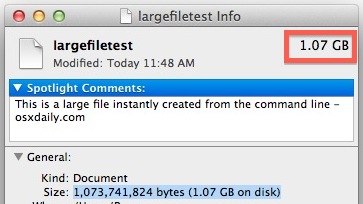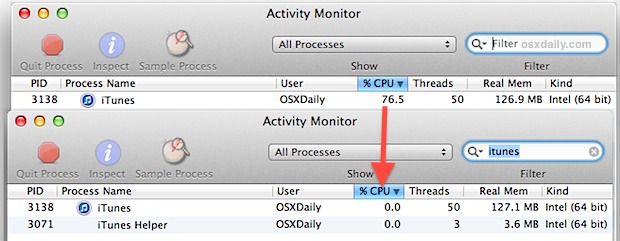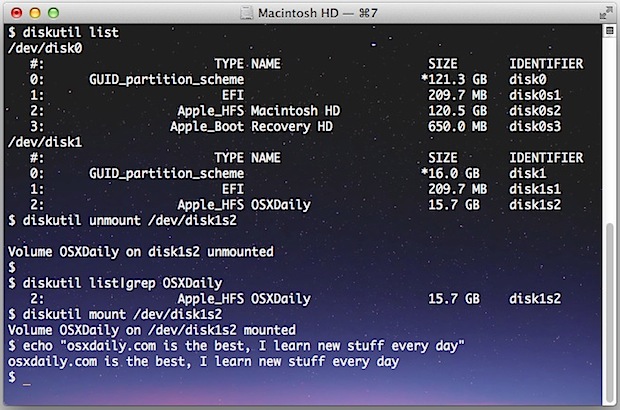Get a Fully Functioning Terminal in Google Chrome Developer Tools
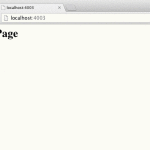
Just about every web developer or designer is familiar with Google Chrome’s Developer Tools, which allows for easy browser based debugging, tweaking, and adjusting of web pages and web applications. Those who live in web browsers and text editors know just how useful DevTools is, and with the help of a third party Chrome extension … Read More

